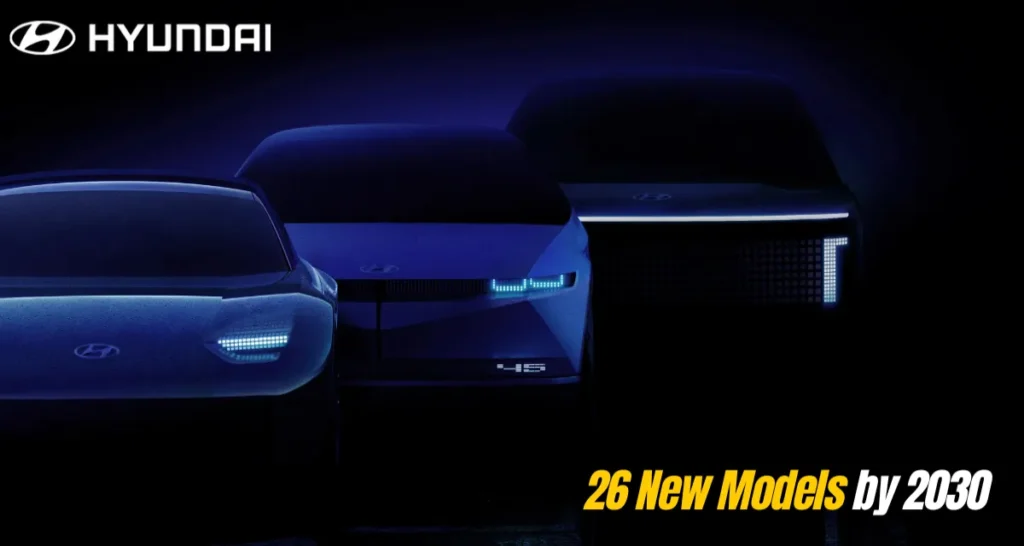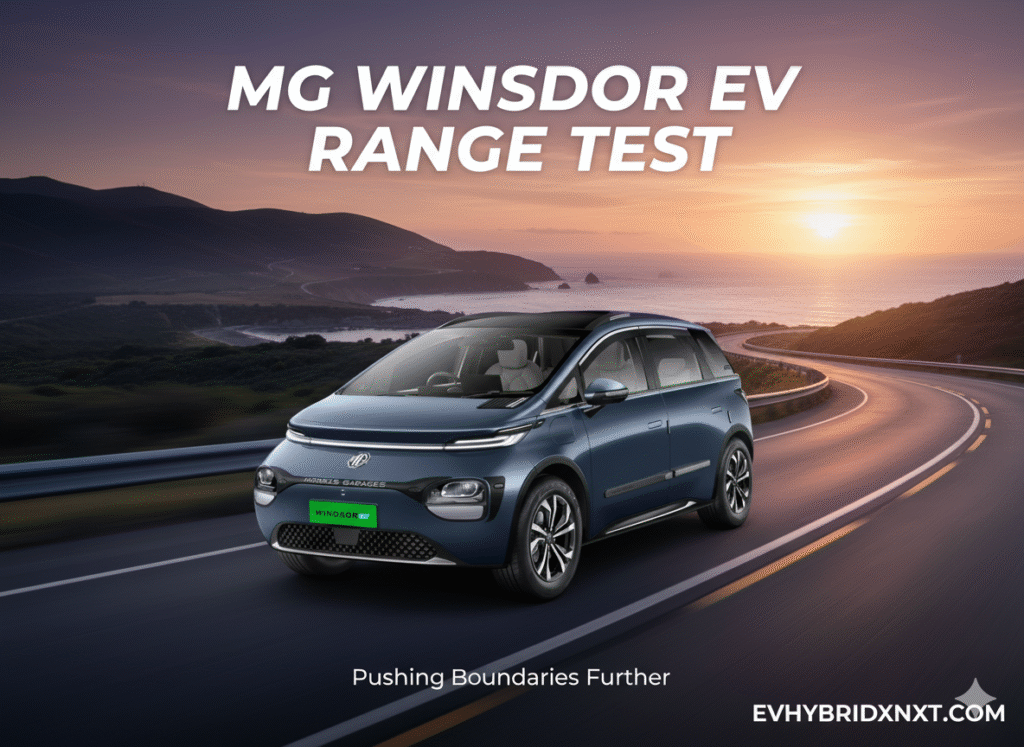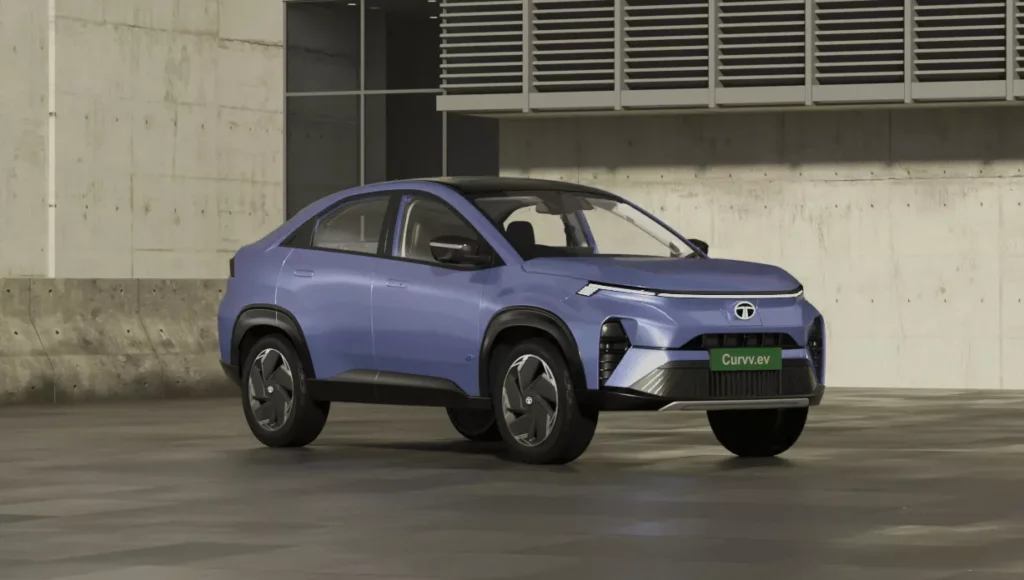Hyundai Motor India is charting an aggressive path to reclaim its position as a dominant force in the country’s automotive landscape, announcing plans to launch 26 new models by the end of FY2030. This expansive lineup includes 20 internal combustion engine (ICE) vehicles and six battery electric vehicles (BEVs), with the marque’s first strong hybrid model set to debut soon. As part of this strategy, Hyundai aims to achieve over 15% EV penetration in its sales by 2030—surpassing the industry average—while bolstering its presence across diverse segments from entry-level hatches to premium SUVs. The announcement, revealed during the company’s Q4 FY25 earnings call in May 2025, signals a multi-pronged approach to innovation, sustainability, and market responsiveness amid intensifying competition from Tata Motors and Mahindra & Mahindra.
With India’s passenger vehicle market projected to grow to 7 million units annually by 2030, Hyundai’s roadmap aligns with the nation’s push toward greener mobility. EV sales, which hovered at 2.4% for two years, surged to 6% in August 2025, fueled by government incentives and expanding infrastructure. Hyundai Motor India MD & CEO Unsoo Kim emphasized, “We are excited to announce that we will be launching 26 products by FY2030, including a mix of new models, full model changes, and product enhancements—comprising 20 ICE vehicles and 6 EVs. Additionally, we shall be introducing new eco-friendly powertrains like hybrids.” This blend of traditional and electrified options underscores Hyundai’s commitment to catering to evolving consumer preferences in both urban and rural markets.
A Diversified Portfolio: ICE, Hybrids, and EVs Across Segments
Hyundai’s 26 launches will span the spectrum, from sub-compact hatches to full-size SUVs, incorporating petrol, diesel, CNG, and hybrid powertrains alongside pure EVs. The strategy emphasizes volume growth in core segments while venturing into premium and eco-friendly territories.
| Category | Number of Launches | Expected Powertrains | Timeline Highlights |
|---|---|---|---|
| ICE Vehicles | 20 | Petrol, Diesel, CNG | Facelifts for Verna, Exter (2026); Next-gen Venue (2025) |
| Hybrids | 1+ (integrated) | Strong Hybrid (petrol-electric) | First model in September 2025; Creta Hybrid (2026-27) |
| EVs (BEVs) | 6 | Battery Electric | Creta Electric (launched); HE1i hatch (late 2026); Ioniq 5 facelift (2025) |
The ICE-focused launches will reinforce Hyundai’s stronghold in SUVs, which account for over 50% of its sales. Upcoming models include the next-generation Venue sub-compact SUV in late 2025, a facelifted erna sedan, and an Exter micro-SUV refresh in 2026.CNG variants will continue to target rural buyers, where penetration has risen to 15% of Hyundai’s alternative fuel sales, up 33% year-on-year.
Hyundai’s entry into hybrids marks a pivotal shift, with the first strong hybrid SUV—likely based on the Creta platform—expected in September 2025.This model will combine a 1.5L petrol engine with an electric motor for up to 25 kmpl efficiency, positioning it against rivals like the Maruti Suzuki Grand Vitara and Toyota Urban Cruiser Hyryder.A premium hybrid SUV between the Alcazar and Tucson is also on the cards for 2028, offering all-wheel-drive options and advanced features.
The EV lineup is the crown jewel, starting with the recently launched Creta Electric, which has already boosted Hyundai’s electrification credentials. Future BEVs include the ground-up HE1i electric hatchback (codename for a mass-market model on a skateboard platform) in late 2026, priced at ₹10-15 lakh to rival the Tata Punch EV. A facelifted Ioniq 5 premium crossover arrives in 2025, followed by the Staria electric MPV in 2028 and potentially a next-gen Palisade hybrid SUV. These EVs will leverage Hyundai’s E-GMP architecture for ranges exceeding 400 km and fast-charging capabilities.
Strategic Moves: Manufacturing Expansion and Market Challenges
To support this blitz, Hyundai is investing ₹25,000 crore in a new manufacturing facility in Pune, set to commence production by Q3 2026 with a 2.5 lakh annual capacity. The plant will focus on EVs and hybrids, achieving 90% localization to keep prices competitive. Additionally, Hyundai plans to install 100 fast-charging stations across highways by 2027, addressing a key barrier to EV adoption.
This comes at a time when Hyundai’s market share dipped to 14% in FY25—its worst in 12 years—slipping it to fourth place behind Maruti Suzuki, Tata, and Mahindra. Rural sales, now at 20.9% of total volume (up from 19.4%), are a bright spot, driven by affordable CNG models like the Exter and Grand i10 Nios. The company’s FY25 revenue rose to ₹17,940 crore, with profits at ₹1,614 crore, despite a 4% PAT decline.
Hyundai’s EV ambitions hinge on government policies like FAME-III subsidies and road tax exemptions for hybrids in select states, which could accelerate penetration beyond 15%. COO Tarun Garg noted, “EV share could cross 15% by 2030, with Hyundai’s own penetration likely ahead of the industry average.” Challenges include charging infrastructure gaps and intense rivalry, but Hyundai’s focus on “frugal innovation” and premiumization—via its upcoming Genesis luxury brand—positions it well.
The Road to 2030: A Balanced Bet on Future Mobility
Hyundai’s 26-model offensive is a calculated response to India’s dynamic auto ecosystem, blending reliability with forward-thinking tech. By introducing hybrids as a bridge to full electrification and targeting diverse price points, the company aims to capture both value-conscious buyers and aspirational urbanites. As Unsoo Kim put it, these plans reflect “our strong commitment to innovation, the Indian market, and delivering sustained value to our customers.
With eight launches slated for the next two years alone, Hyundai is poised to accelerate its growth trajectory. If executed effectively, this roadmap could not only restore its No. 2 spot but also lead the charge in India’s transition to sustainable mobility by 2030. For enthusiasts and investors alike, the coming years promise an exciting evolution of the Hyundai badge on Indian roads.



